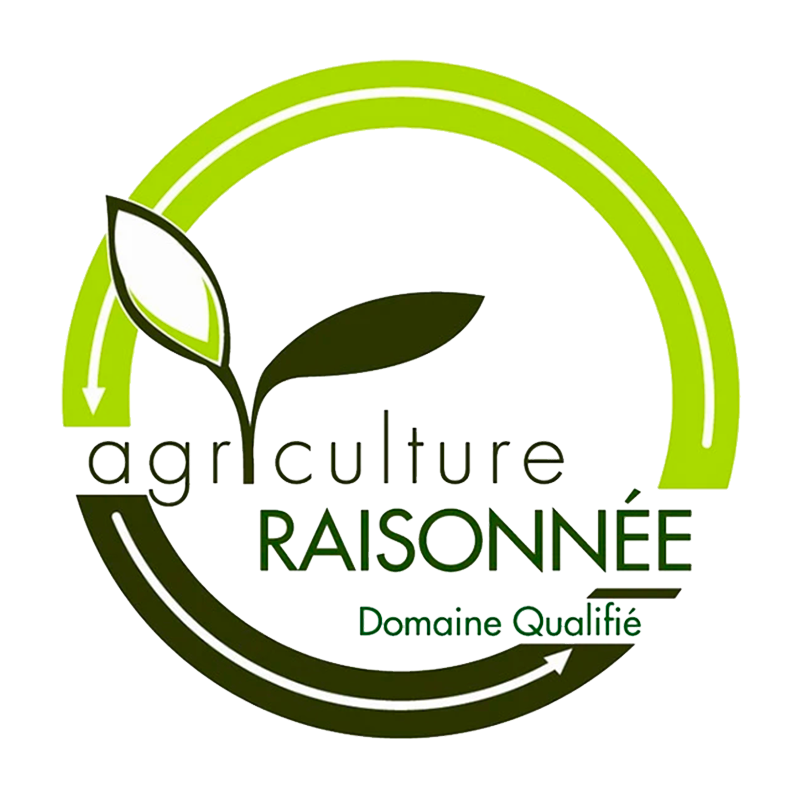Philippe Kubler, took over his family’s domaine in 2004, carrying on the estate's history that started in 1620. The vineyard of 10 hectares is composed of five main soil types, and grape varieties are selected according to soil type, with the aim of achieving the best expression between grape variety and geological signature. Traditional, respectful winemaking methods such as fermentation in foudres are used, and no pesticides in the vineyard, respecting the biology.
Presentation
Presentation
Blend from different vineyards and different terroirs thanks to the geological mosaic of the soils, to obtain the noblest expression of each variety, combining the crispness of the grape variety with
delicate minerality. A tribute to a family tradition dating back to 1620 and perpetuated until the early 20th century, when the family's winemakers were also bakers. The toasty, brioche notes of a bakery can be found throughout this cuvée.
delicate minerality. A tribute to a family tradition dating back to 1620 and perpetuated until the early 20th century, when the family's winemakers were also bakers. The toasty, brioche notes of a bakery can be found throughout this cuvée.
Terroir
Sandstone alluvium and pink sandstone, exposed North-East and West.
In the vineyard
Vines planted from 1976 to 2017, plantation density 5000 to 6000 vines.
Winemaking
Hand-harvested, slow pressing for 5 hours with whole clusters.
Slow settling down and fermentation in oak cask for a month.
Ageing in oak coask on lees, bottled in spring.
Slow settling down and fermentation in oak cask for a month.
Ageing in oak coask on lees, bottled in spring.
Varietals
Pinot auxerrois : 90%
Pinot gris : 10%
Pinot gris : 10%
Specifications
Alcohol content : 12,5 % vol.
Production volume : 600 cs
Residual Sugar : 2 g/l
Production volume : 600 cs
Residual Sugar : 2 g/l

Advice
Serving
12°C/54°F
Ageing potential
5 to 10 years
Tasting
The fresh, intense nose opens with springtime notes of elderflower enhanced by these brioche tones. With aeration, the scents of peaches, nectarines and nectarines seduce you. On the palate, it's full-bodied, with the sweet aromas of a flower garden, elegance, freshness and length.
length.
length.
Food pairings
Alsatian cuisine, early vegetables, asparagus, vegetable tarts, vegetable terrine, mussels, cockles, lean or fried fish, fish terrines, quiches, omelets, soufflés, poultry, pies, creamy cheeses.

